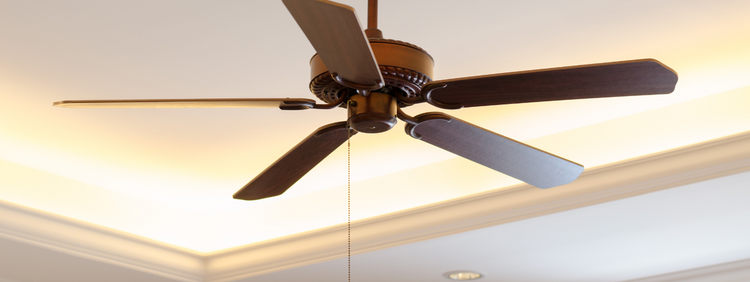Richmond Hill Pest Control: Can Carpenter Ants Invade Ceilings?

Don’t underestimate the destructive potential of carpenter ants. These household pests can compromise the structural integrity of your home unless you call for prompt carpenter ant removal in Richmond Hill. When you stand in the middle of a room, carpenter ants may be all around you, even if you can’t see them: below, to your sides, and yes — even above your head in your ceiling.
How Do Carpenter Ants Get in Your Ceiling?
Ants have the ability to climb up vertical surfaces unaided, even at an angle of 90 degrees or more. They have claws that help them grip and sticky pads on their foot that hold them in place. They also have tiny hairs on their feet that create friction and prevent them from sliding downward very far even if they do lose their grip. They can use all these abilities to climb up the walls of your house to get to the roof, attic, or ceiling.
With a length of about 2.5 cm, carpenter ants are large compared to other species. However, they are still very small creatures, meaning that they have the ability to fit through very small cracks. If you have any gaps or openings in your ceiling, they may provide a way for carpenter ants to get into your living space.
Why Are Carpenter Ants Attracted to Your Ceiling?
You now know how carpenter ants get into your ceiling, but what draws them to it in the first place? What motivates them to make the long climb up there in the first place?
Carpenter ants are attracted to wood. Their instincts drive them to dig into the wood by chewing it up with their strong, prominent mandibles and digging tunnels. Here they make nests where the queen can lay eggs and where they will be safe and protected from predators. Structural elements such as wooden ceiling joists can therefore attract them.
Sometimes carpenter ants get confused and try to build nests in things that look like wood but actually aren’t. For example, they have been known to dig into insulation boards, and whether these provide satisfactory nest sites or not, the resulting damage can be at least as severe as that which the ants do to wood.
If you have any leaks in your roof, that makes your ceiling even more attractive to carpenter ants. Water damage causes wood to become softer and easier for the ants to chew. Therefore, they particularly seek out wood that has absorbed a lot of moisture.
Is It Dangerous To Have Carpenter Ants in Your Ceiling?
Carpenter ants don’t usually spread diseases or harm people with their bites, but they are dangerous pests because of the structural damage they can cause. As their colonies grow bigger, they have to keep adding new tunnels to their nests. Over time, they can eventually hollow out wooden planks which, if they are supports in the framework of a house, can compromise its entire structural integrity.
Carpenter ants in the ceiling are hazardous enough, but the real danger is that they might not stay there. They often build satellite colonies, which means that, given time, they can spread to the walls and the floor as well.
Repairing damage from carpenter ants is possible but time-consuming and costly. It is preferable to prevent the damage from taking place at all. If you act quickly upon finding signs of carpenter ant infection, you can keep the damage to a minimum.
Why Should You Choose Truly Nolen for Carpenter Ant Removal in Richmond Hill?
Our advanced techniques allow us to treat a carpenter ant infestation more efficiently. We use undetectable liquids that the ants spread throughout the colony through food exchange. We also seal entry points to prevent infestations. Our Four Seasons approach takes the ants’ seasonal behaviour patterns into consideration in crafting an effective solution. Learn about our carpenter ant services in more detail.